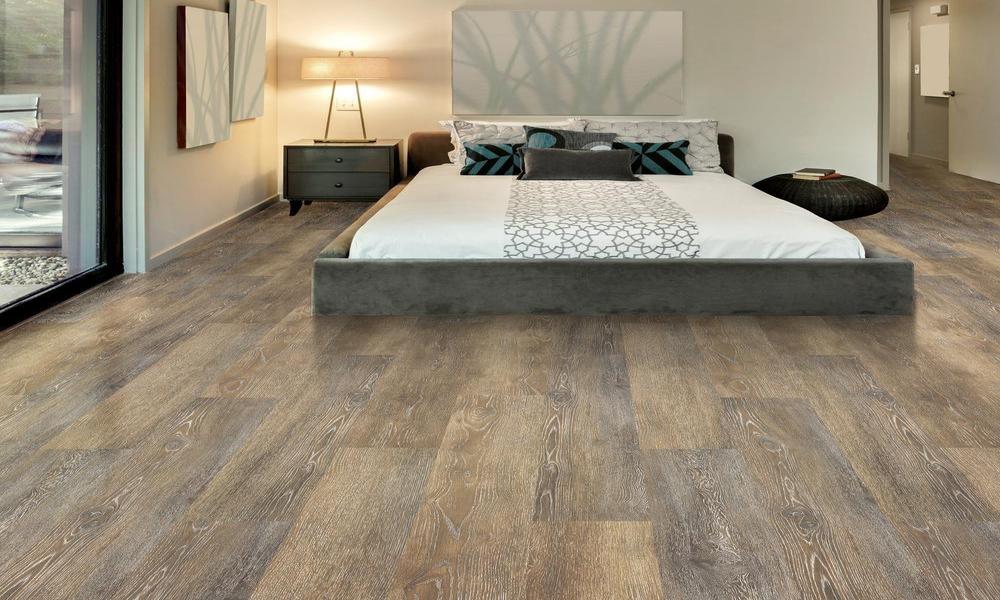 Posted On
Posted On
What is LVT flooring and how is it made?
 Posted On
Posted On
LVT flooring is made up of several layers, including a backing layer, a core layer, a design layer, and a wear layer. The backing layer provides support and stability, while the core layer is responsible for the floor’s thickness and durability. The design layer is where the unique patterns and textures are printed, and the wear layer protects the floor from scratches and damage. The benefits of LVT flooring include its durability, affordability, and versatility.
LVT flooring can be made in various sizes, shapes, and thicknesses, making it a versatile option for interior designers. It can be installed using glue or floating methods, depending on the subfloor and the environment where it will be installed.
What are the benefits of using LVT flooring in interior design?
One of the main benefits of LVT flooring is its durability. It is resistant to scratches, stains, and water damage, making it an ideal choice for high-traffic areas such as hallways, kitchens, and bathrooms. It is also relatively low-maintenance and easy to clean, making it a practical choice for busy households or commercial spaces.
LVT flooring also offers a wide range of design options. It can mimic the look of other materials such as wood or stone, but without the cost or maintenance requirements associated with those materials. It can also be printed in unique patterns or colors, allowing for a truly customized design.
Finally, LVT flooring is often more affordable than other flooring options. While it may not have the same level of luxury as hardwood or stone flooring, it offers a similar aesthetic at a lower cost, making it a budget-friendly option for many homeowners and businesses.
How can LVT flooring be used in interior design?
LVT flooring can be used in a variety of ways to enhance the overall look and feel of a space. One popular way to use LVT flooring is to create a statement floor. This involves choosing a bold or unique pattern and using it as the centerpiece of the room. This can be especially effective in spaces such as entryways, where the flooring can set the tone for the rest of the space.
LVT flooring can also be used to create a cohesive design scheme throughout a space. For example, if a room has several different seating areas or zones, using the same LVT flooring throughout can help tie everything together and create a cohesive look.
Finally, LVT flooring can be used to add texture and visual interest to a space. For example, using a wood-look LVT flooring in a herringbone pattern can add depth and dimension to a room, while also creating a warm and inviting atmosphere.
LVT flooring offers a wide range of benefits for interior design, including durability, affordability, and versatility. Whether used as a statement piece or as a cohesive design element, LVT flooring can enhance the overall look and feel of a space. With so many design options available, LVT flooring is sure to remain a popular choice for years to come.






